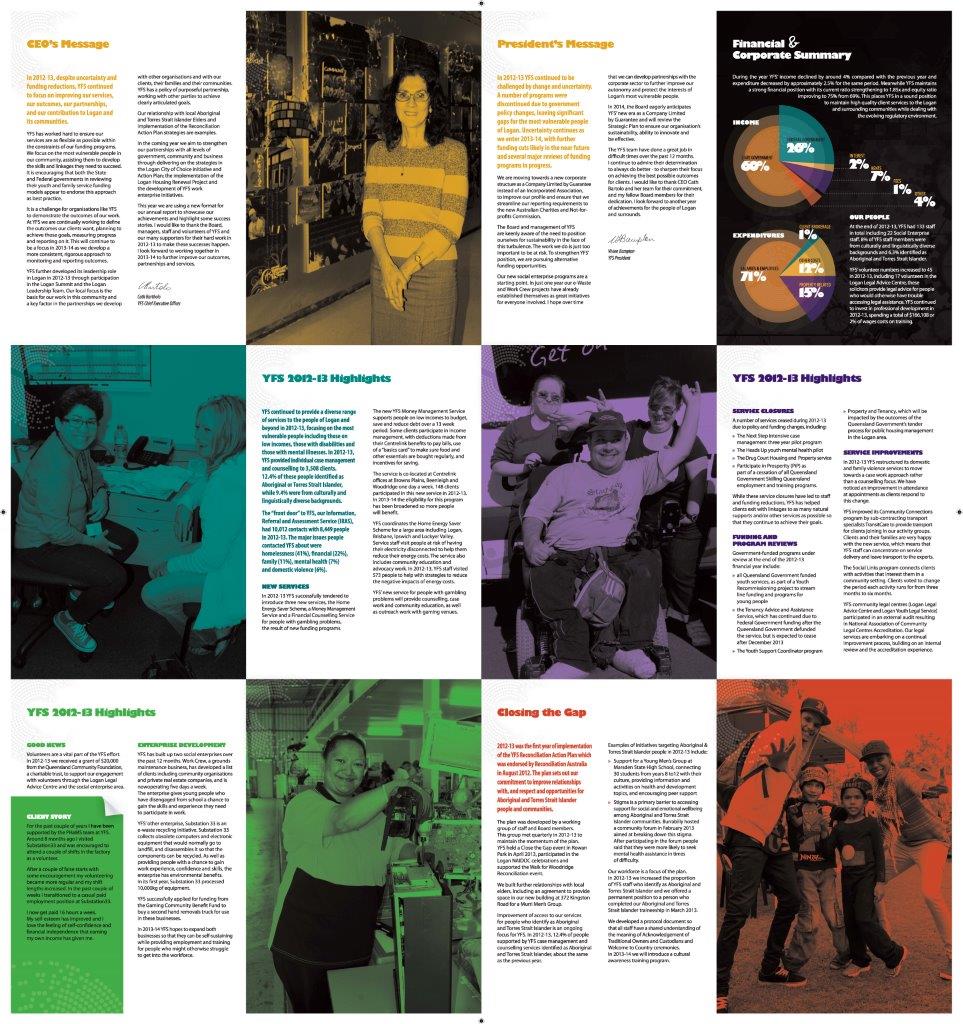Some practitioners are announcing the death of strategic planning while many organisations remain wedded to it and hire consultants like us to perform the role of midwife, turn up at the birth with flip chart and survey monkey data and deliver a healthy, well-worded plan. So, should the strategic plan be buried or nurtured? My observations are that behind any useful strategic plan in the social policy/social services sector are ongoing conversations by board, staff and others that deal with:
- clarity about the problem the organisation wants to solve or the aspirations it wants to achieve (the what)
- clarity about the methods for service delivery or the theory of change that dictate how to act (the how)
- clarity about finance and other resources that reveal the capacity for action (the who, when and where).
Without that clarity, strategic planning day discussions can attempt to gain some of those insights or decisions, but the plan is likely to be part fiction. If the clarity is there already it’s probably a sign that research, future-focused discussions and decision-making is alive and well in the organisation, so the strategic plan is a like mirror that reflects the image of a healthy entity.
I’m inclined to think it is better to schedule these vital discussions as a regular part of governance rather than put too many eggs into the special planning day spectacular. The organisation’s statements about its vision, values, purpose and so on can be published progressively in web sites, annual reports and all the key communications to stakeholders. There are not too many people who go searching for stand alone strategic plans. They are not necessarily the best ways to reach those who want to know about the organisation. What matters are the strategy discussions that foster shared board-staff-member understanding and agreement about the core purposes and directions. Would facilitation of such discussions be a better way for consultants to contribute? Or are they best done in-house so that capacity for strategy is home-grown?


